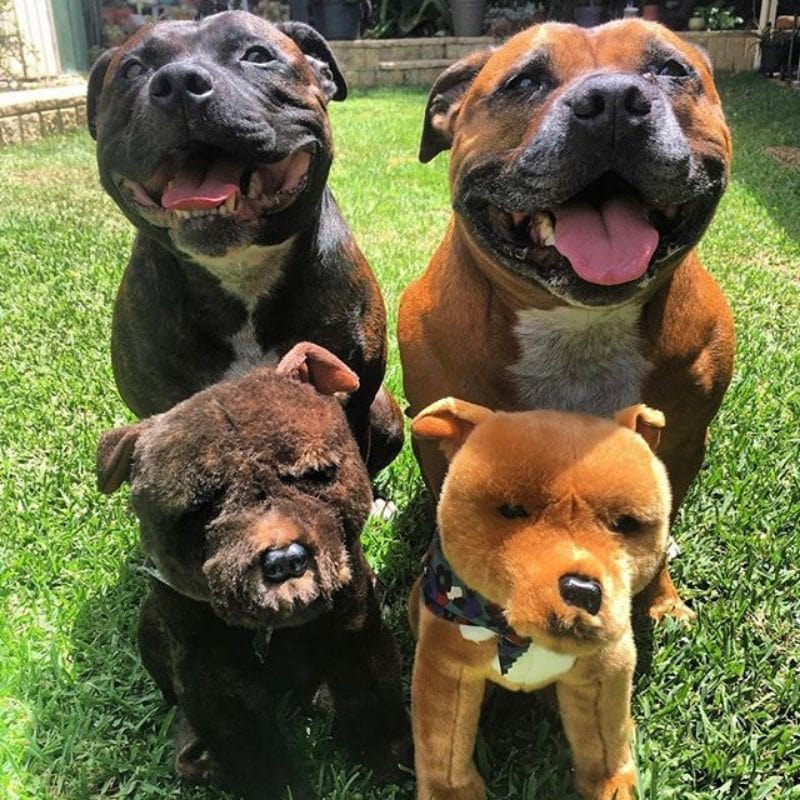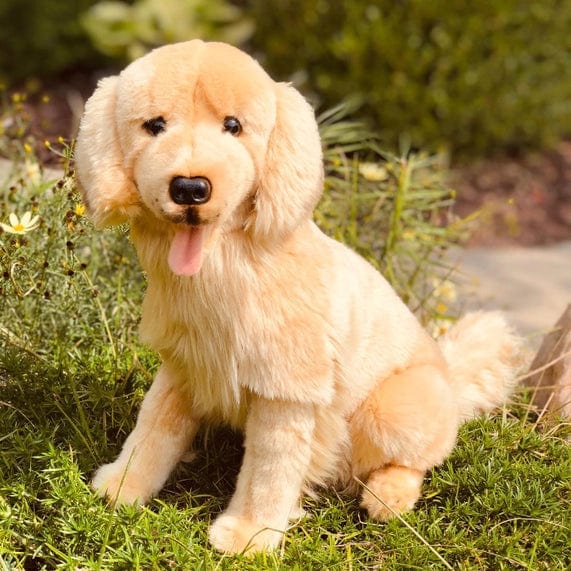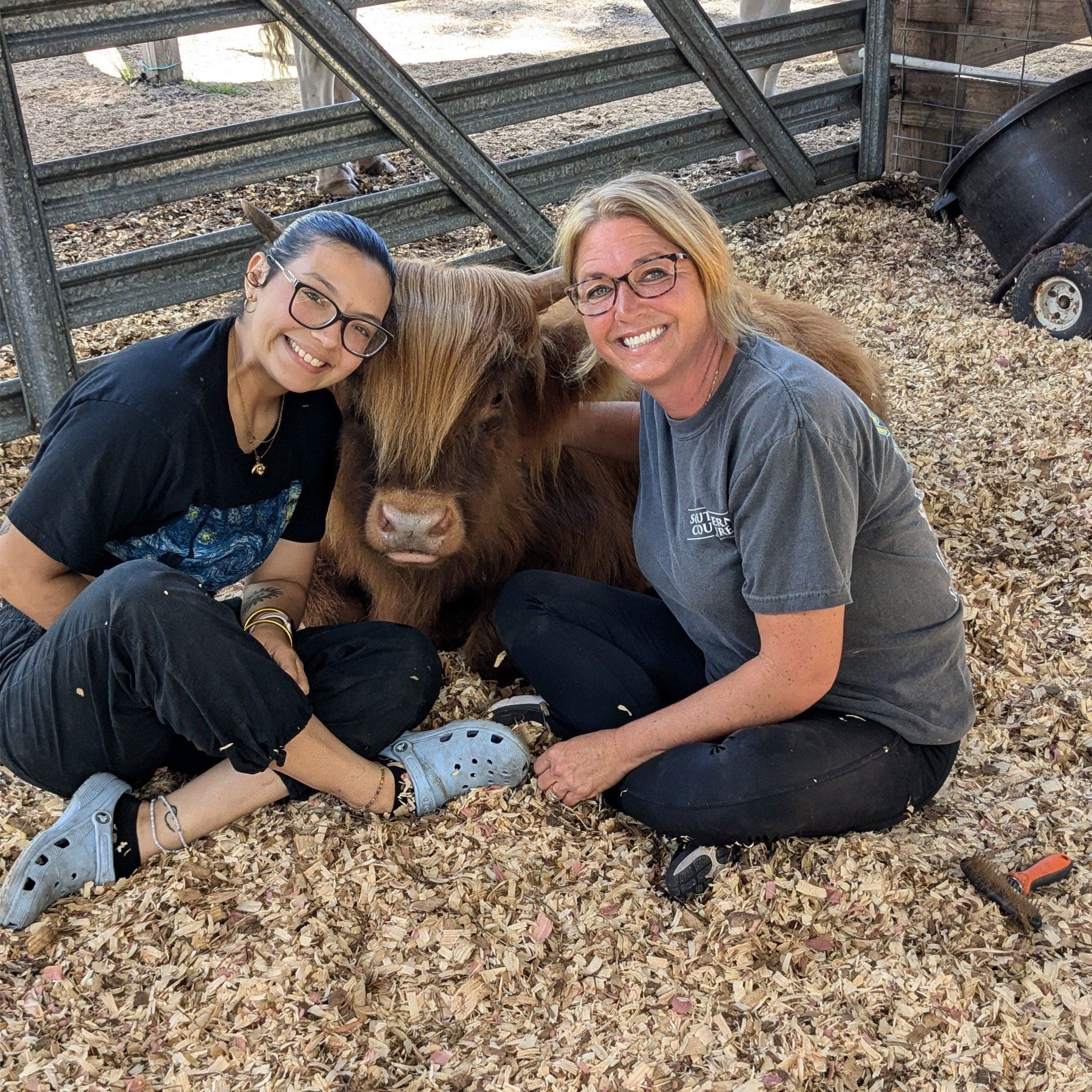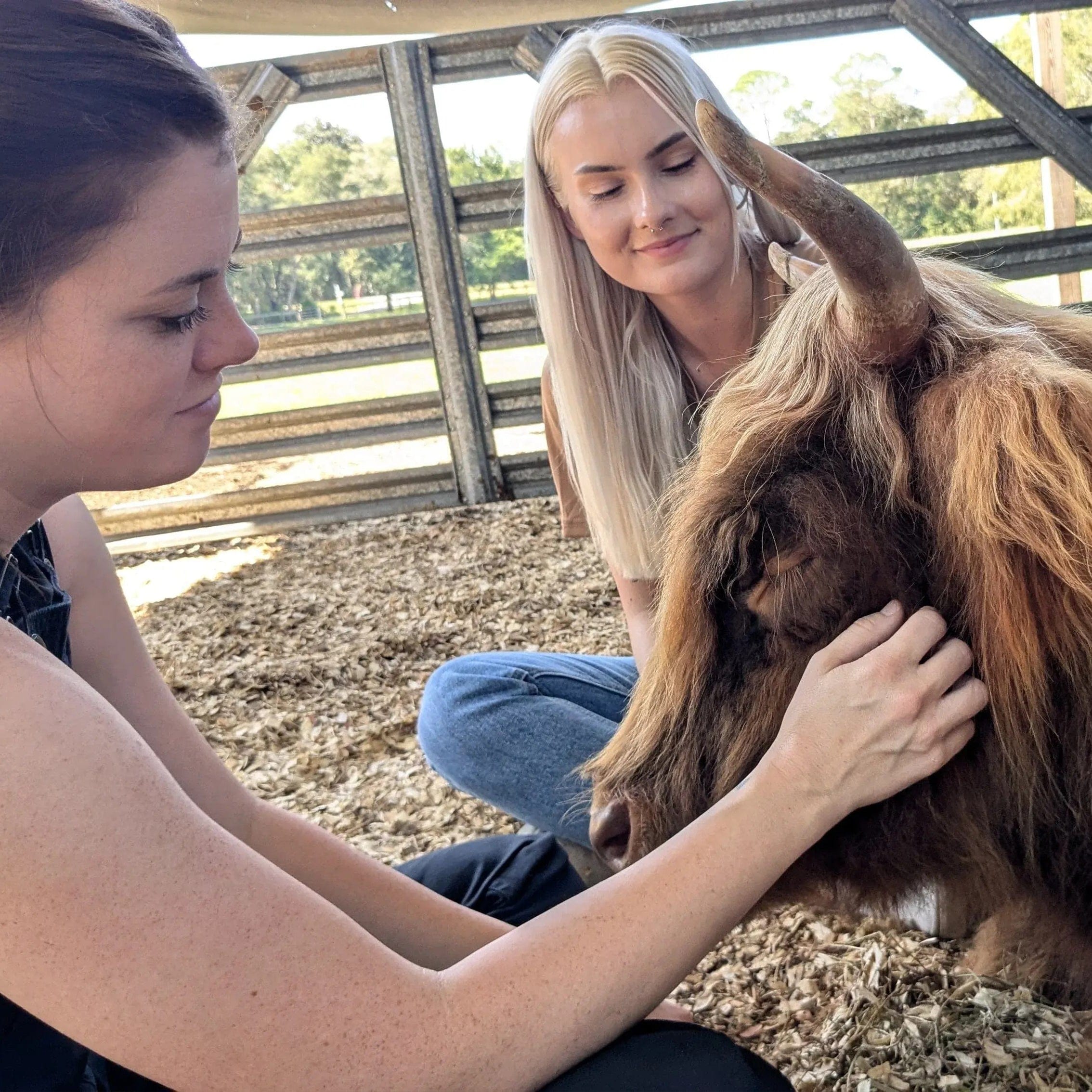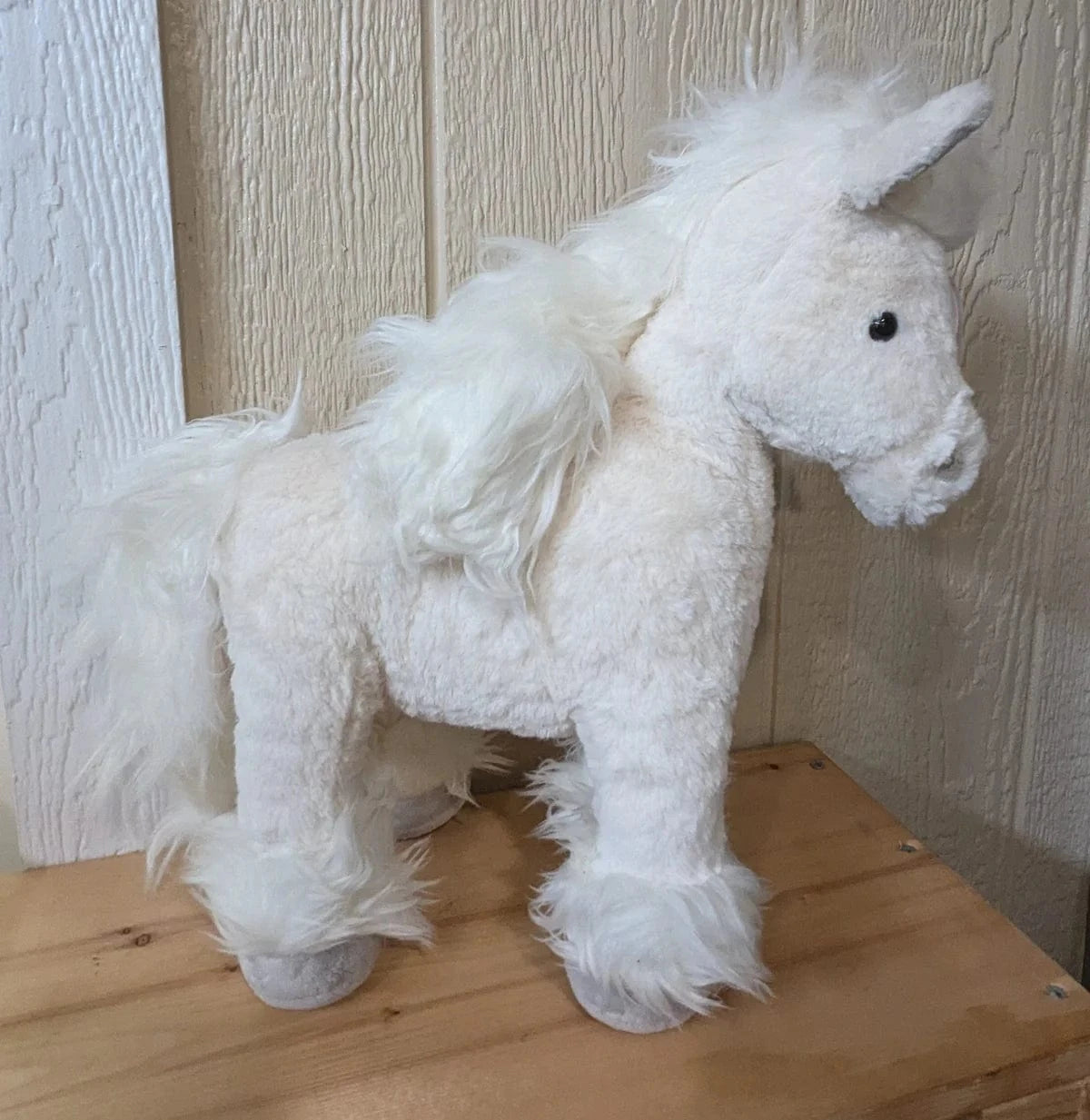FREE GIFT ORDER
OVER $150
Loved By 1000+ Happy Customers
Dig the Doggy Dalmation by Bearington
Free Shipping
90 Day Moneyback Guarantee
30-Day Return Policy, SSL-Protected Checkout
Pairs well with
This beautiful, super soft and cuddly spotted Dalmatian doggy is going to make someone very happy! His cute face and his adorable spots will melt the heart of a little future fireman or dalmation lover. A perfect gift for the dog lovers on your list.
ALL proceeds help rescued animals so you can feel good about shopping with us too
- DIGGS THE DALMATIAN: Adorably cute toy plush Dalmatian puppy dog with soft fur and sparkling eyes, and a soft body that can be positioned sitting or standing, 13” long
- REALISTIC: High quality plush materials, air brushed details and an expressive face make this stuffed Dalmatian pup a life like companion that actually looks real
- CUDDLY: Delicately stuffed body, soft fur and child safe inner bean bag weighted body make this plush Dalmatian puppy a cuddly huggable friend
- A SPECIAL GIFT: A perfect gift for little boys, girls, kids or puppy dog lovers of all ages
- BEARINGTON QUALITY: From the award winning Bearington Collection, known worldwide for luxurious fabrics and outstanding quality, surface washable
- Dalmatians are famously know for their unique coat pattern. Who can mistaken a Dalmatian for another breed? And if you’re a fan of 101 Dalmatians, you probably already love this breed. But trust me – there’s a lot that you don’t know about them.
- The easiest way of spotting a Dalmatian is undeniably the coat pattern. After all, the cow-like black spots on a white coat is the signature trait of this breed. But did you know that when Dalmatians are born, they’re initially all white with no spots?
- However just because they appear all white doesn’t mean they don’t have any of the black spots. You’re just not able to see them yet.
- By the time your Dalmatian hits 5 to 6 months old, the spots will become more apparent. And keep in mind, it can take a Dalmatian puppy up to seven months for their spots to be fully grown and obvious.
- But have you ever wondered what Dalmatians were actually bred for? While there’s evidence to suggest that these dogs were once versatile workers that had many jobs, they’re famously known for being coach dogs.
Free shipping on Continental USA orders over $75 via the lowest cost option. Choose paid or expedited shipping at checkout. Delays will be communicated, and we’ll honor your selection. International orders welcome for small items—shipping covered for orders over $150 (excluding heavy items). Contact us for stock availability."
